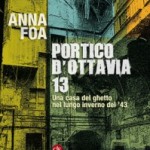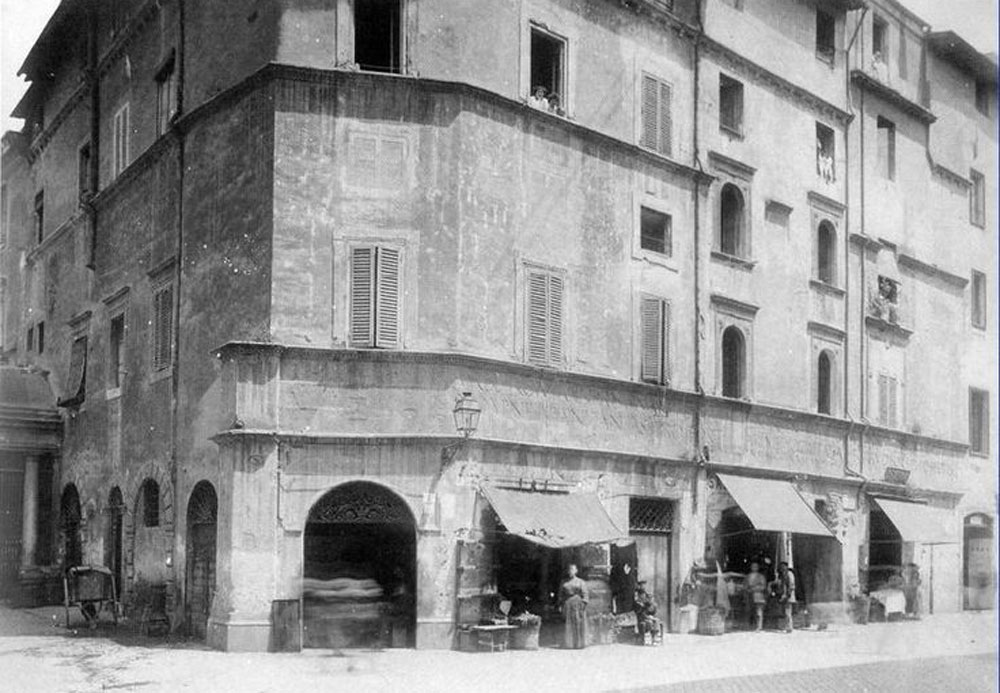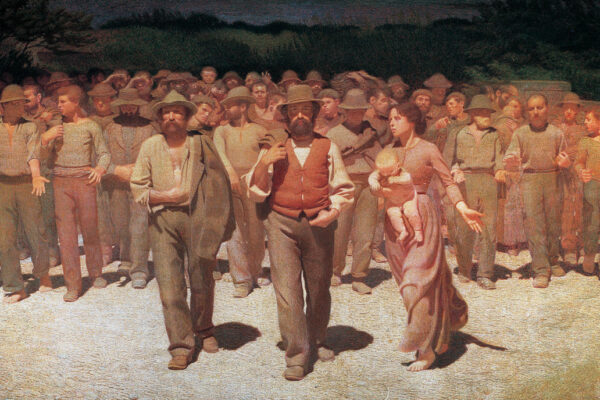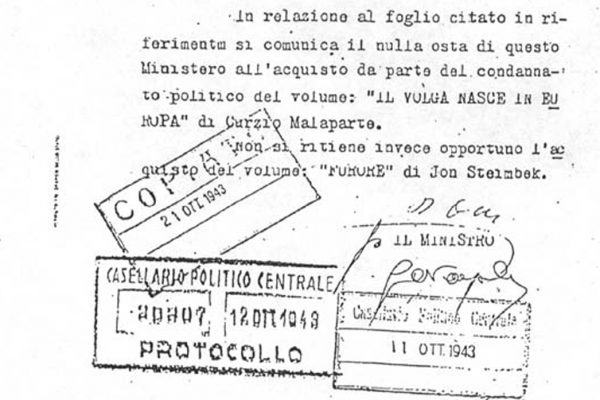 eligious Space, Gender and Power in the Sephardi Diaspora: The return to Judaism of New Christian Men and Women in Livorno and Pisa”, in Sephardi Family Life in the early Modern Diaspora ed. Julia Lieberman (Brandeis University Press, 2011) Among her papers is “L’osservatore romano and the Holocaust 1933-45,” which she presented at a conference at Yeshiva University (1995) and, in an enlarged version, at the U. S. Holocaust Museum (1996). It can be found in Why Didn’t the Press Shout: International Journalism during the Holocaust, ed. Robert Shapiro ( KTAV, 2003).
eligious Space, Gender and Power in the Sephardi Diaspora: The return to Judaism of New Christian Men and Women in Livorno and Pisa”, in Sephardi Family Life in the early Modern Diaspora ed. Julia Lieberman (Brandeis University Press, 2011) Among her papers is “L’osservatore romano and the Holocaust 1933-45,” which she presented at a conference at Yeshiva University (1995) and, in an enlarged version, at the U. S. Holocaust Museum (1996). It can be found in Why Didn’t the Press Shout: International Journalism during the Holocaust, ed. Robert Shapiro ( KTAV, 2003).
Anna Foa is a Professor of Modern History at the University of Rome “La Sapienza.” She has been visiting scholar at the University of Michigan, Ann Arbour, the Jackson School of International Studies at the University of Washington, Seattle, and Smith College, Northampton, Massachussets. Her publications in Jewish history include: Il gioco del proselitismo: politica delle conversioni e controllo della violenza nella Roma del Cinquecento, in “Ebrei e cristiani nell’Italia medievale e moderna: conversioni, scambi, contrasti”, Carucci, 1988; Ebrei in Europa dalla Peste Nera all’Emancipazione, Roma-Bari, Laterza, 1992; The Witch and the Jew: Two Alikes that were not the same, in “From Witness to Witchcraft. Jews and Judaism” edited by J. Cohen, Wiesbaden, Harassowitz Verlag, 1996; Un vescovo marrano: il processo a Pedro de Aranda (Roma 1498), in “Quaderni Storici”, 99, 1998; Le donne nella storia degli ebrei in Italia, in “Le donne delle minoranze: le ebree e le protestanti d’Italia”, edited by C. Honess e V. Jones, Torino, Claudiana, 1999; Converts and conversos in Sixteenth-Century Italy, in “The Jews of Italy. Memory and Identity,” edited by B. Garvin e B. Cooperman, University Press of Maryland, 2000. Prof. Foa is a frequent contributor for the publication of the Italian Jewish Communities, Pagine Ebraiche.
Anna Foa, Portico d’Ottavia 13: Una casa del ghetto nel lungo inverno del ’4, Laterza 2014
Review by Andrea Grover
Anna Foa’s , Portico D’Ottavia 13: Una casa del ghetto nel lungo inverno del ’43, is a work unlque to her oeuvre. A prolific author, Foa teaches modern history at the University of Rome, La Sapienza, and although her new book chronicles well-documented events and employs extensive research, it stands apart from her previous scholarship due to the very personal nature of the work, in which the protagonist is the building in the title.
Foa’s decision to write about the building, which she refers to as the “Casa”, is traced in the introduction. She recalls when, as a young activist, she came to the ghetto for the first time. “ … in 1962….I was seventeen and a member of the Communist Youth. There were local elections taking place in Rome, and young neo-Fascists had been coming into the ghetto from the offices of the MSI newspaper, Il Secolo d’Italia, to throw rocks at Jews. Our leaders sent us one evening ‘to defend the ghetto’, which was, in fact, highly organized in the art of self defense. We were in the square (piazza Giudia), waiting for the attack, which never came, talking to the Jews who were in the streets guarding the neighborhood. I remember that I said, perhaps to get on their good side: “I’m Jewish, too.”
It was sometime later that she first saw the Casa while in the ghetto as part of a group of teachers and film technicians searching for locations in which to shoot a documentary for students. It enchanted her, and when the chance to live there presented itself, she grabbed it, installing herself on the top floor. It was 2000, and she was, by then, a registered member of the Jewish Community of Rome. I remember visiting her there, climbing the worn, crazy steps she referred to as the scale matte. Her apartment had 20 -foot ceilings, with overflowing bookshelves, reaching, it seemed to me, to the sky.
Foa relates that often she found herself wondering what had happened on the morning of October 16, 1943 on those same worn steps she traversed every day, But those thoughts were fleeting until she discovered a photo of the Casa used by the publisher to illustrate the ghetto in a chapter on the Shoah in a high school history manual she had co-written . Was it just a coincidence, or was the Casa asking her to use her tools as a historian to recount the lives of those who had lived there during the months of the Nazi occupation?
Paradoxically, it was after she had moved to another building that she made the decision to write about the Casa. It was not, however, until she encountered first one, then other survivors, each with his own story, that she felt able to revisit, in the context of the Shoah, the building she’d called home for twelve years …”I decided that I would reconstruct that history, that I would not climb those stairs again until I knew the names of all who lived there in those days, until I knew at least a small part of their story.”
At the end of the introduction she confesses that remembering and giving voice to each person in the Casa has become an obsession. Perhaps it will be difficult to keep track of the many families and their numerous children, she warns the reader, but nothing less will satisfy her.
Defining her book as a micro-history, Foa sets it squarely in its historical context, both Jewish and general. Her description of the round up is bone chilling. The rainy morning, stomping boots, insistent knocking on doors, loud orders in German, chaos, screams of warning coming from the streets are all there. “The raid began slightly before five thirty…methodically, step by step, the Nazis climbed the Casa’s worn, wide marble stairs… stopping at each and every door, without missing one ..”
The old ghetto was not the only site of the roundup. The Germans had divided the city into twenty-six zones and in each the roundup was taking place at approximately the same hour, in the hope of preventing an alert and arresting most of the more than 13,000 Italian and foreign Jews then in the city. But the poorest Jews, most at risk, lived in the streets of the old ghetto, in the ancient crumbling buildings.
Wedged between the first chapter on the roundup and the third, which describes what took place in the Casa on that tragic morning, Is a highly detailed chapter on the history of the building. If this were a novel it would bring the narrative to a screeching halt. Instead it adds specificity to the story, explaining both the building’s appeal to Foa when she first saw it and how and why so many of the male residents were able to escape arrest on October 16. For The Casa had once been part of a complex– together with a contiguous building at number 9– called the “House of Fabii , built by the eponymous aristocratic Roman family first documented in 1348. The entire complex was built over remains of the Portico of Ottavia and Portico of Filippo, both from the Augustan Era.
Portico d’Ottavia 13 had never been an actual part of the ghetto, whose walls stood directly across from it. Even Pope Leo XII’s enlargement of the ghetto in 1824 left the building just outside its outer limits. This is not surprising, given that the block contained a church and its convent.
In the sixteenth century several small buildings were combined into a seignorial palazzo in the Renaissance style with a spacious inner courtyard whose loggia is supported by matching marble columns.
When emancipation came in the wake of the end of papal temporal rule, Jews became the proprietors of the Casa. The old ghetto was destroyed at the end of the nineteenth century, but the block remained intact, together with the rich history of its buildings. The Casa was now part of the neighborhood called ghetto.
Its complex history, says Foa: “…had created an asymmetrical building, compete with nooks and crannies, niches and deviations that rendered it out of the ordinary, singular and mysterious”…” It was an evocative building, full of oddities, a place to get lost in. “
In 1943 only Jews were living in it, with the exception of a carpenter whose workshop was on the ground floor. Even the caretaker and his wife were Jewish. The building was in deplorable condition; in the apartments closest to the roof, rain came in and the walls were covered with mold. The shared exterior spaces– the courtyard and balconies–compensated for the overcrowded rooms. It was a communal life, doors flung open to the noise and bustle. Despite these difficulties, everyone Foa spoke to who lived there during those years told her “ life was good in that house…we were all one big family.”
Almost everyone stayed in the Casa after the Nazi occupation of Rome in the fall of 1943. It would have been difficult to do otherwise. False documents were not only expensive but hard to come by, as was a safe place outside of Rome. But more importantly, in an increasingly uncertain climate, the familiarity of the Casa and the ghetto provided a sense of place, and thus, a feeling of safety.
Although Foa’s descriptions provide essential information, the heart of the book is the third chapter, in which she leads us through the Casa on the day of the roundup. Using testimony of survivors and their children, archival court documents of trials against spies and collaborator, and testimony from arrests, she attempts to reconstruct In painstaking detail, what transpired in each apartment. She moves from floor to floor, from apartment to apartment, naming every occupant, accounting for every child. Even nicknames are included, as are the visitors who slept there the night before the roundup. It is not a list: that appears at the back in a separate section. In writing about the Casa’s residents in this highly detailed and particularizing manner, Foa is performing an act of rescue.
Most of the men, she notes, run for the roof and cross over onto the adjoining building, number 9, from where they reach a side street, The women and children stay behind, encumbered by responsibility for infants and aged parents, misled by the assumption that only men are being taken, Many of the escapees find refuge in religious buildings.
We learn of the poverty of the Terracina, a couple and their eight children, all living in one room; the Di Segni, who left Rome for Fossa and survived thanks to a Christian family; the family of Marco Di Veroli , a couple with nine children, completely wiped out that day, all eventually perishing at Auschwitz.; and of Attilio Di Veroli, who found refuge in the church of San Benedetto where the priest told him “ Enter, … we’ve been instructed to take you in.”
When the raid is over, the once bustling and noisy Casa lies empty and silent. Eighteen families had lived there, close to one hundred people. Some had escaped. Others were already in hiding, Of the thirty-five who descended those worn steps that morning, and were herded into waiting trucks to be transported to the Collegio Militare, only three were men, two of them elderly. The rest were women (thirteen, of whom two were pregnant) and children (nineteen). Thirty-five were also taken from number 9. All told, 1,098 Jews were arrested that morning.
The voluntary return to the ghetto of many who had escaped or were already in hiding is a fascinating and tragic aspect of the roundup and its aftermath. They came back to its streets and its stores, and even to the Casa in the days following the raid. Fourteen of its residents were arrested after the initial action, either in the Casa itself or on the nearby streets. Of those fourteen, six were massacred at the Fosse Ardeatine and eight were sent to Fossoli and from there to Auschwitz, from which only one returned.
The fascist chief of police of Rome, Pietro Caruso, made the roundup of Jews a high priority of his department. Which brings us to the role of Italian participation in the hunt for Jews. if the initial roundup was carried out by Nazis, subsequent arrests were the work of Italians, not only Fascist officials, but spies and informers singly and in bands. At least half of the almost 1,000 Jews taken after October 16 were arrested by Italians. As a rule, the German arrested everyone, whereas the Italians were inconsistent, seeming to weigh the pros and cons of each arrest. They often demanded a ransom, promising to release the detainee when it was delivered, but reneged when the sum was paid. Their actions appear motivated more by money than ideology for they got paid per head, like bounty hunters– 5,000 lire for men, 2,000 for women, 1,000 for children. Moreover, because it was a common practice to sack Jewish homes and businesses after an arrest, they received 20 per cent of the value of seized goods.
Sadly one of the collaborators was Jewish. Celeste Di Porto, called the Black Panther, was the lover of Vincenzo Antonelli, a member of the Fascist Band Cialli-Mezzaroma. Although she grew up in the ghetto, she denounced many of her co-religionists to Fascists and Germans, and her betrayals fell heavily on the inhabitants of the Casa. Many fingered Celeste as the person responsible for their capture. Celeste was especially active in the hours before the massacres at the Fosse Ardeatine. Lazzaro Anticoli, who perished there, wrote on the walls of his cell at Regina Coeli that Celeste had turned him in.
The court shaved five years off Celeste’s twelve-year sentence for collaborating. She was judged to be “of weak character.” Her actions were therefore deemed justified by her need to save herself. Foa takes issue with the light sentences, but what really sets her teeth on edge is the continued use of the term “Jewish race” in juridical documents.
With anger, disappointment, relief, pride and yes, hope Foa speaks for the dead. She experiences relief when she discovers that the family who lived in her apartment at the time escaped and survived. She experiences pride at the courage of Giulia Sciunnach, who brought her newborn baby girl to Regina Coeli to see her grandmother as she awaited deportation. Sciunnach’s story reminds her of having been told that at a month old in 1945, she herself had been brought, at great risk to her parents, to see her great grandmother, who wasn’t in jail but in her bed, dying. The Nazis wanted to deport her, all the same. Foa wonders if these acts of daring are a form of resistance.
In an early entry Foa notes;” When I began to think about it, the Casa felt like a cemetery to me.” With this book, she has memorialized, placed a stone– as it were– for each resident sent to his death.









